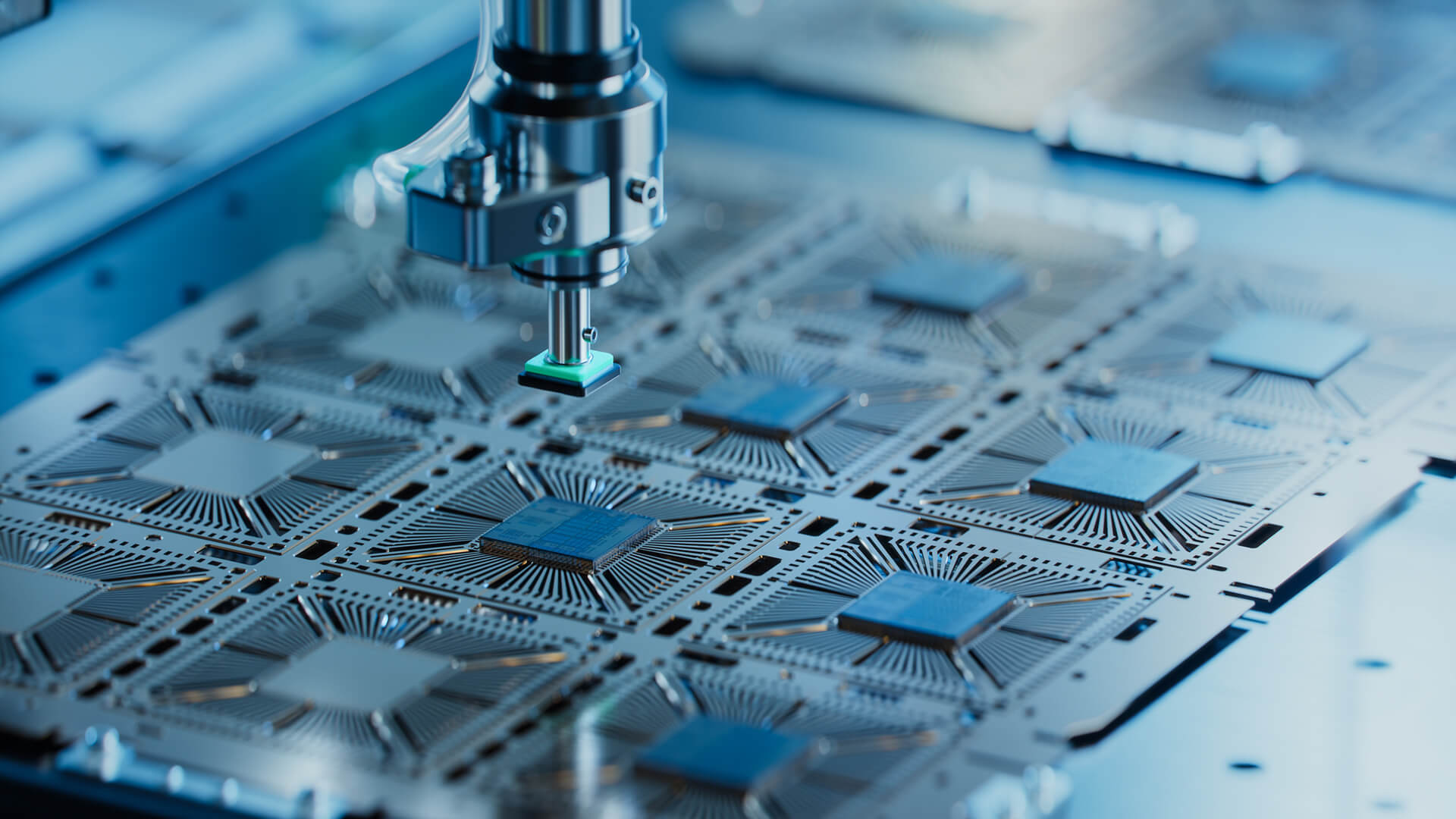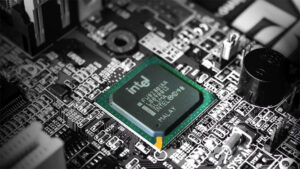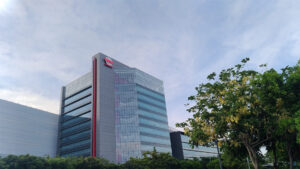Taiwan has positioned itself as the dominant player in the semiconductor industry, but what would happen if a conflict with China broke out? Well, if semiconductor supply chain vulnerabilities are top of mind, than sure, this should be of concern (but you should also be worried about the thousands of companies and locations that are nowhere near Taiwan that make up the vast bulk of the supply chain).
Let’s move past those concerns for today and break down what Taiwan and companies like TSMC (Taiwan Semiconductor Manufacturing Company Limited) have planned for the future. We’ve seen Taiwan “cooperating” with the US and Japan in recent years, but what’s going on?
The Trump administration demanded that TSMC build the best facility they possibly could in the United States, and it is…not happening. Taiwan’s efforts in the US are little more than a kabuki effort to appease the US and maintain its favor. In contrast, new fabs in Japan are moving along swimmingly, as the Japanese didn’t insist upon the cutting-edge technology that the US wanted.
While the US has companies like Intel trying to replicate (and surpass) the advanced semiconductor technology of Taiwan, progress is difficult and I wouldn’t expect anything to come of it soon in the next year or two. Taiwan understands perfectly the situation that it is in and is playing its cards very strategically.
Here at Zeihan On Geopolitics we select a single charity to sponsor. We have two criteria:
First, we look across the world and use our skill sets to identify where the needs are most acute. Second, we look for an institution with preexisting networks for both materials gathering and aid distribution. That way we know every cent of our donation is not simply going directly to where help is needed most, but our donations serve as a force multiplier for a system already in existence. Then we give what we can.
Today, our chosen charity is a group called Medshare, which provides emergency medical services to communities in need, with a very heavy emphasis on locations facing acute crises. Medshare operates right in the thick of it. Until future notice, every cent we earn from every book we sell in every format through every retailer is going to Medshare’s Ukraine fund.
And then there’s you.
Our newsletters and videologues are not only free, they will always be free. We also will never share your contact information with anyone. All we ask is that if you find one of our releases in any way useful, that you make a donation to Medshare. Over one third of Ukraine’s pre-war population has either been forced from their homes, kidnapped and shipped to Russia, or is trying to survive in occupied lands. This is our way to help who we can. Please, join us.
Transcript
Hey, everybody. Peter Zeihan here, coming to you from the southern rim of Upper Lyle Canyon in Yosemite. Last time I was here, I hiked all the way up that. Whoo! That was exhausting. We’re just going to look at it from a distance this time. Anyway, today we’re gonna take another entry from the Ask Peter forum.
It’s about Taiwan and semiconductors. And the question is, why would Taiwan help relocate any facilities to the United States? Isn’t that kind of their guarantee that the United States will come to defend them if there’s a conflict with China? The short version is: not really. Two things going on here.
Number one, never, ever, ever, ever, ever forget that the semiconductor supply chain involves over 9,000 companies, half of which only produce one product for one end user. So, Taiwan isn’t necessarily a strong point in the international supply chain for semiconductors, but there are literally thousands of others. All these companies make products that ultimately end up in TSMC’s hands, which they use to build and operate the fabrication facilities, and, of course, fabricate the wafers and the semiconductors themselves. So you can have any number—literally thousands—of problems around the world that shut this whole thing down.
And while Taiwan is certainly a node that is the single most important one, it’s hardly the only one. The lasers come from California. The lenses come from Germany. The designs typically come from the United States. The silicon itself comes from North Carolina. It is diversified in that it’s everywhere, but it is not diversified in the fact that there are any backup plans.
So, if there was a war in Taiwan, I’m not suggesting the United States would or wouldn’t get involved. I’m saying it wouldn’t matter, because if we’re at that point, then the elements of the supply chain that are elsewhere in East Asia go offline. So, intervening in that war doesn’t solve this particular problem. The second issue is that Taiwan is not stupid.
Taiwan is building fabrication facilities in the United States in order to please the United States. But, as with everyone who cut a deal with Donald Trump, they kind of pulled the wool over his eyes. They basically flattered him and said, yes, we’ll build a semiconductor fabrication facility in Phoenix. It’ll build sub-three nanometer chips, which were, at the time, the best in the world.
What they neglected to say is they weren’t going to provide blueprints. And so, that facility has now been under construction for a few years. It’s making no progress. In fact, they’ve had to tear down many of the facilities and rebuild them from scratch because the Taiwanese are flat-out stalling. Similar things happened in a number of things that had to do with economic deals.
For example, supposedly TSMC was going to build a facility in Wisconsin. That came to nothing.
If the United States is going to establish an alternative supply to Taiwan, it obviously has to build the fabrication facilities. And the leading candidate for that right now is Intel. Intel is absorbing some new technology from the Dutch lithography company ASML, which is actually more advanced than what the Taiwanese are using.
They’re hoping, hoping, hoping, hoping to have that online in Columbus, Ohio, within a couple of years. And if, if, if, if, if that works, we’re talking about Intel not simply being able to match the technological level of TSMC, but maybe leapfrogging it a little bit. Best-case scenario, we are not going to see the first wafers out of that facility for two years.
I think four is probably a little bit more realistic. And those won’t be the one-nanometer chips that Intel has started discussing, although the new technology does look very promising. It’s just that these things take a long time to set up—years. And while Intel has made some great progress, their track record for doing things ahead of schedule is almost nonexistent.
I have no doubt they’ll get there, but they’re not going to get there this year, or next year, or probably the year after.
The alternative for TSMC is to also ingratiate themselves with other partners. After the United States, the single most important one is, by far, Japan. And they have started building fabrication facilities in Japan that are ahead of schedule, unlike the Phoenix facility, because Japan didn’t ask for the cutting-edge stuff. They just asked for stuff that would help with their automotive industry.
So, you’re talking about chips that are poorer quality than 10 nanometers, which is kind of a threshold for the really, really good stuff. So, that facility doesn’t threaten TSMC’s business model. It allows them to solidify their strategic alliance with Japan. And Japan, of course, has the second most powerful navy in the world. So, if there is a Taiwan war, Japan will probably actually be there before the United States.
So, sound decision-making from the Taiwanese on both deals: with the United States, which they are reneging on, and with the Japanese, which they are not. The end.







